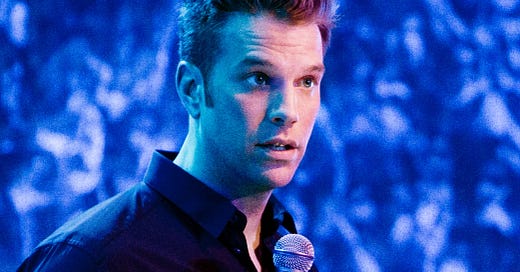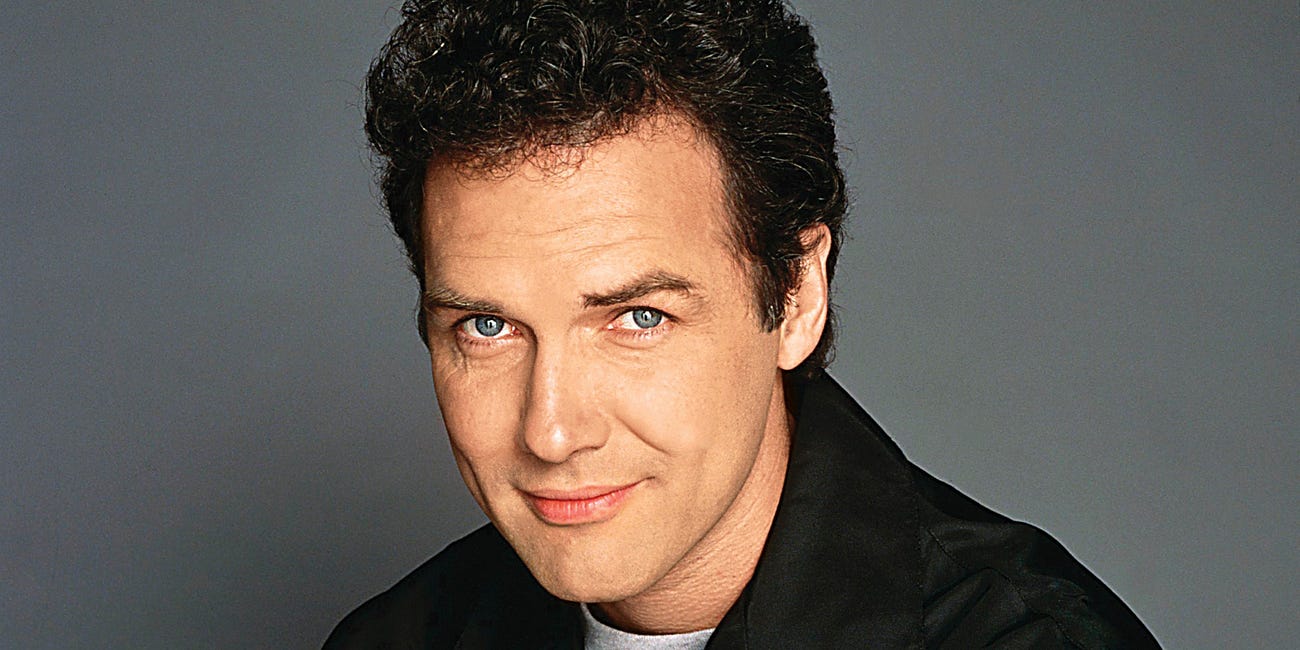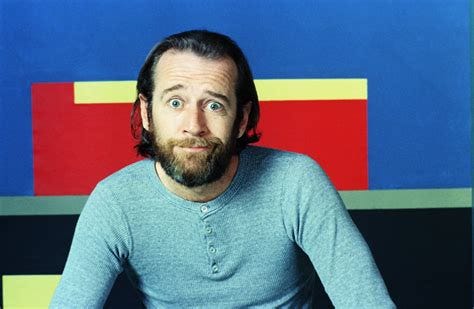How Anthony Jeselnik writes jokes
"Third thought is one step removed. It’s something that you never would have thought of, and that’s where the best jokes lie."
Some good bits from How Anthony Jeselnik Writes And Tests His Non-PC Standup Material below.
How he measures reactions to his jokes:
When Jeselnik is testing his material, he isn’t out to learn if something is too offensive because that’s his stock in trade. What he really wants to measure is what kind of a laugh a joke gets. “I want the biggest reaction possible. A laugh isn’t good enough. I need a huge laugh,” Jeselnik says. “I have this high bar, and a lot of times I’ll think something’s great, and the audience says, ‘No, no, no. You’re wrong.’ Maybe I keep trying it for a little bit, but they eventually talk me out of it. It’s not fun to bomb with a joke, especially a one-liner. Maybe if I’m telling a story, I don’t mind if there’s a lull because the story is important to me, but the only reason I tell a joke at all is for laughs. So if the crowd can’t get on board, then I will eventually lose it.”
Jeselnik writes three jokes every morning.
“I try to write three jokes a day,” he says. “I find that that’s the amount I can get out without exhausting myself, but I’m keeping the wheels turning. Maybe it will take weeks before I get some I want to try, but that seems like a good number.”
And he likes to write in the morning. “I try to do it as soon as I can. It could be before I eat or with coffee or drinking a bottle of water or something, and then I try to read after that—read at least 50 pages of something to keep the paint wet inside my head,” he says. “I think any writer has to read whether it’s a magazine, the Internet, a novel or nonfiction. Whatever it is, you just need to put something in your head.”
Jeselnik on the third thought.
Third thought is one step removed. It’s something that you never would have thought of, and that’s where the best jokes lie.
More on that:
Jeselnik puts a lot of time into crafting his material and coming up with unexpected conclusions to the premises he puts forward. “I’m a wordsmith where I will write the premise and think, ‘How many different ways can this turn out?’ ” he says. “Then I pick the funniest ones, the craziest ones you can’t really see coming. What I call it is third thought.”
He walks Co.Create through an example of his third thought approach, using a joke he tells in Thoughts and Prayers. “The joke: ‘My mom should have been on one of the planes that crashed on 9/11.’ Your first thought is, ‘Oh, she survived—it’s a miracle thing.’ That’s the first thought,” he says.
“The second thought will be a joke that you can think of if you took your time—if you really thought about it,” he continues.
“Third thought is one step removed. It’s something that you never would have thought of, and that’s where the best jokes lie,” Jeselnik says, relaying the entire joke: “My mom should have been on a plane that crashed on 9/11—I think.”
“No one is going to come up with that, and that’s where my comedy lives,” he says. “You have to dig it out. Not only is the diamond there, but if we can find it, it’s perfect.”
Third thought is one step removed. It’s something that you never would have thought of, and that’s where the best jokes lie.
Related:
"Cancelled" comics vs. "I'm offended" audiences
Are comics who complain about audience reactions correct or just unfunny/lazy/trolls? Views from Anthony Jeselnik, George Carlin, and Paul F. Tompkins below…







